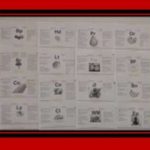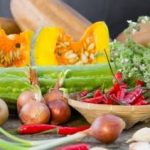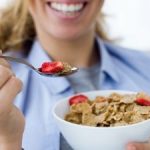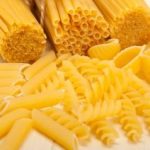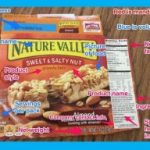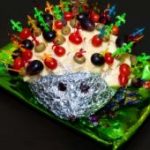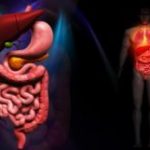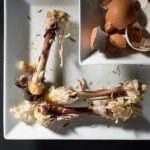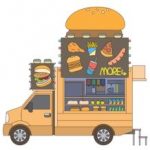
Food Trucks have been quite popular for the last couple of years with no signs of this trend going by the wayside any time soon! So if you’re like me and have always wanted to teach this, but didn’t have time to reinvent the wheel, look no further! Below, you will find a plethora of resources for teaching this topic and project geared to every grade level. It’s up to you to decide how far you want your students to go with it!


